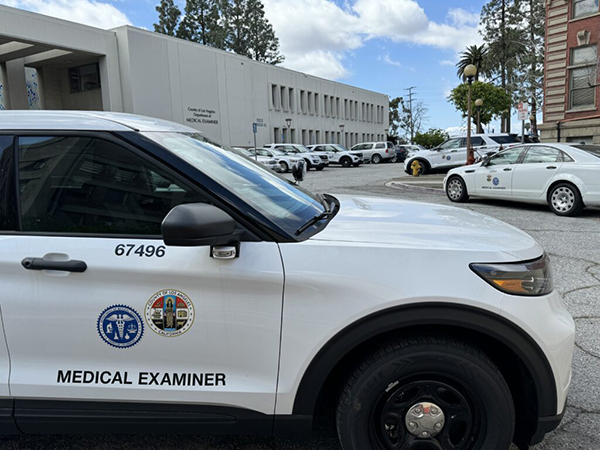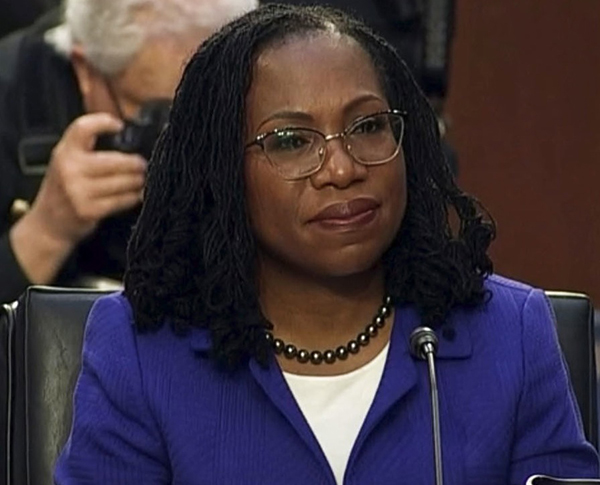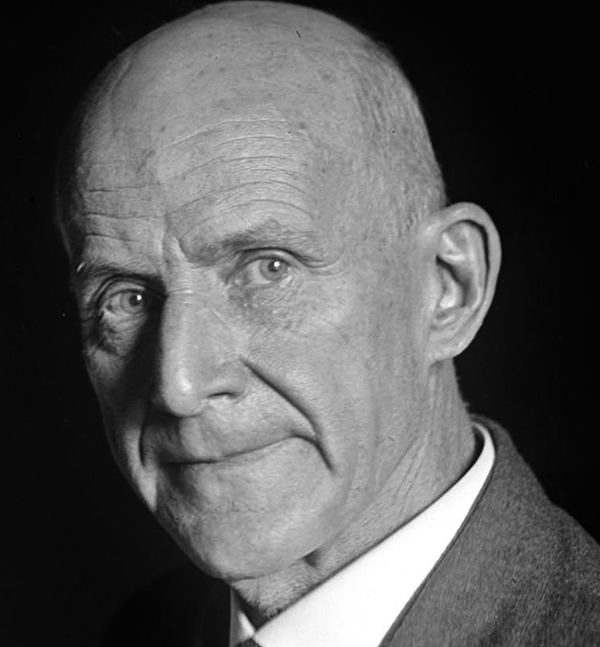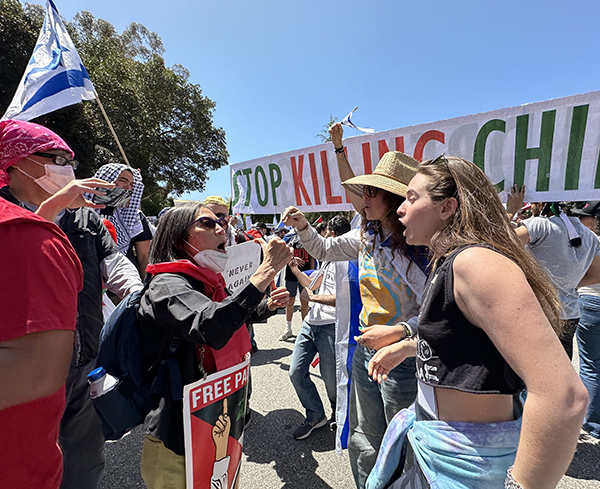THE HUTCHINSON REPORT: Bodies found on city streets demand more attention

A Los Angeles County Medical Examiner vehicle is becoming a common sight as the number of people dying on the streets of Los Angeles continues to rise. Columnist Earl Ofari Hutchinson writes that more needs to be done to reduce the number of people dying on city streets.
Courtesy photo
By Earl Ofari Hutchinson
Contributing Columnist
It is a sight that is becoming more common, and at the same time more alarming. That’s the sight of a dead person lying on a Los Angeles sidewalk.
That’s exactly what many Leimert Park residents saw to their horror recently. The victim was a young female. Her body was discovered in the early morning hours.
As is almost always the case, the victim was not immediately identified. The cause of death likewise was not given which is almost always the case in these types of fatalities.
One can pretty much fill in the missing blanks in the list of probable causes which is endless — homelessness, poverty, drugs, alcohol, isolation, an illness, or in some instances foul play are one or more of the causes of death.
The figures on the death toll on L.A. streets tell the grim tale. According to a report by the City Controller, there were nearly 1,000 deaths on the streets in 2023. There was a slight dip in the overall death count in 2024.
Still, the number of deaths on the city’s streets remained high. To put that into even more shocking perspective, the so-called “unhoused” population that comprise those found dead on the streets make up less than 1% of the general population.
There was no surprise that a disproportionate number of the “unhoused” found dead on the streets were African Americans even though they make up less than 10% of L.A.’s general population.
It’s the continued high number of homeless dead on the streets that is the public tragic face of the homeless crisis in L.A. It’s a problem that city and county officials have wrung their hands over without any firm answer as to why so many are dying and what can be done about it.
The search for answers has been intense. The search for solutions is even more so. But again, let’s look at the causes.
The overwhelming majority of the deaths on the streets were categorized as “accidental.” This is a catch-all designation that could relate to many causes other than homicide. But homicides did figure prominently as a major cause of death. They accounted for more than 10% of the deaths.
The checklist of causes of deaths in addition to murder ranges all over the map. Drug overdoses, pedestrian and vehicle accidents, the full range of untreated diseases, heat and cold exposure, lack of vital medicines, and plain old-fashioned neglect were the causes. Studies of homeless deaths in other cities show a similar pattern and a similar sharp uptick in the number of homeless deaths on the streets.
“People who die while experiencing homelessness are some of the most neglected in society,” said Matt Fowle, University of Washington researcher and co-creator of the organization Homeless Deaths Count. “These are folks who most need our help and are least likely to receive it.”
To date, there has been no systematic effort made by the federal government to track or count the number of homeless people that die on the nation’s streets. That grim task has been left to local coroners and medical examiners. In some places they don’t even keep the figures. That’s left to local nonprofits who deal with the issue and the problems of the homeless.
A look at one of the major causes of homeless deaths also provides a window of understanding as well as an opportunity for public officials to deal with the root cause of the deaths. That’s drug addiction and mental health treatment. The lack of drug and mental health treatment facilities has been a chronic problem.
The tales of individuals turned away from the few centers that have been set up to treat these illnesses are legion. This virtually ensures that unhoused individuals who suffer these problems are prime candidates to wind up in a body bag on some lonely street corner or alley.
One study found that homeless people in L.A. were a staggering 35 times more likely to die of drug or alcohol overdose than the general population. In almost all cases few of them had adequate access to vital treatment services and programs.
One obvious answer to the crisis is to radically increase the availability of and access to the array of programs from drug, alcohol, mental health, accident prevention and safety programs to aid those unhoused and most at risk from death. L.A. city officials have taken several steps to ramp up the services offered to the “unhoused.” But much more can and must be done.
All experts on the homeless crisis agree the genuine answer is to solve the homeless crisis. That can only happen when there is an even greater concerted effort by local, state, and federal officials to ensure adequate affordable housing, jobs, education, and health services to all those who face life on the streets. Anything less ensures that the horror of seeing bodies lying on L.A. streets will continue to be our tragedy and embarrassment.
Earl Ofari Hutchinson is an author and political analyst. His forthcoming book is “White Supremacist-In-Chief” (Middle Passage Press).





